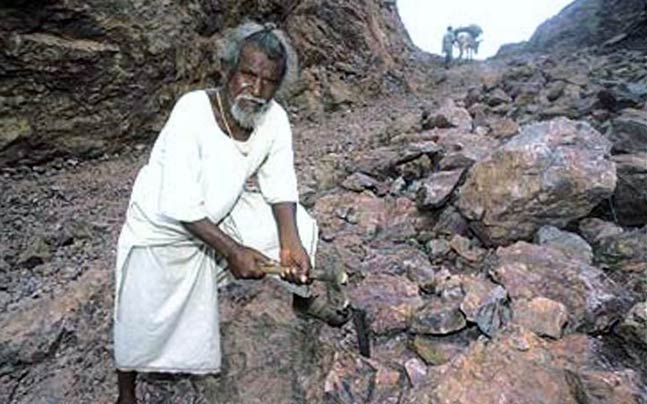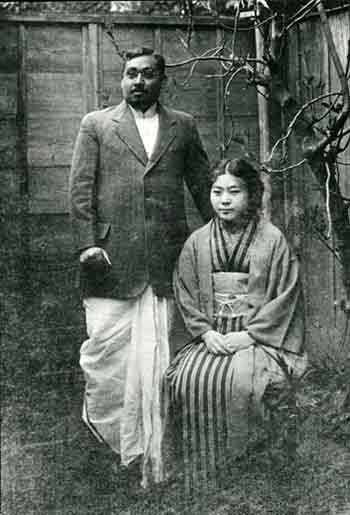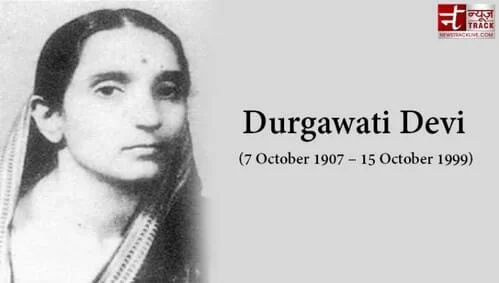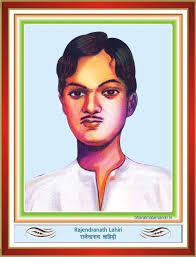Introduction:
Dashrath Manjhi, also known as the “Mountain Man” of India, was an extraordinary individual whose remarkable feat of single-handedly carving a path through a mountain inspired awe and admiration around the world. Born into poverty and hardship in a remote village in Bihar, Dashrath Manjhi defied the odds and dedicated his life to transforming the lives of his fellow villagers. This essay delves into the inspiring story of Dashrath Manjhi, exploring his indomitable spirit, unwavering determination, and enduring legacy.
Early Life and Hardship:
Dashrath Manjhi was born on September 15, 1934, in the village of Gehlaur, located in the Gaya district of Bihar, India. He was born into a family of Musahars, a marginalized community considered one of the lowest castes in Indian society. From a young age, Manjhi experienced the harsh realities of poverty, deprivation, and social discrimination that afflicted his community.
Life in Gehlaur was particularly challenging due to the village’s geographical isolation and lack of access to basic amenities such as healthcare, education, and transportation. The village was surrounded by a towering rocky mountain, which posed a formidable barrier to the outside world and made it difficult for villagers to travel to neighboring towns and markets.
Tragedy Strikes:
In 1959, tragedy struck the village of Gehlaur when Dashrath Manjhi’s wife, Falguni Devi, while trying to navigate the treacherous mountain terrain, fell and sustained a serious injury. The nearest medical facility was located on the other side of the mountain, several kilometers away, and by the time Falguni Devi received medical attention, it was too late. She succumbed to her injuries, leaving behind a devastated husband and family.
The loss of his wife served as a catalyst for Dashrath Manjhi, igniting within him a burning determination to break through the mountain that had claimed her life. Fuelled by grief, anger, and a sense of injustice, Manjhi embarked on an audacious mission to carve a path through the mountain, using only rudimentary tools and sheer force of will.
The Herculean Task Begins:
Armed with a hammer, chisel, and unwavering resolve, Dashrath Manjhi began his Herculean task of carving a path through the rocky mountain. Working tirelessly day and night, Manjhi chipped away at the unforgiving rock, inch by inch, often enduring physical exhaustion, hunger, and ridicule from skeptical onlookers.
Despite facing immense obstacles and setbacks, Manjhi remained undeterred, driven by a singular focus and a steadfast belief in his mission. His determination and perseverance captured the imagination of his fellow villagers, who rallied behind him, offering their support and encouragement.
Over the course of 22 years, from 1960 to 1982, Dashrath Manjhi toiled ceaselessly, gradually carving a winding path through the mountain, measuring approximately 110 meters in length, 7.6 meters in width, and 9.1 meters in height. His monumental achievement, spanning over 360 feet, effectively reduced the distance between Gehlaur and the nearest town of Wazirganj from 55 kilometers to just 15 kilometers.
A Symbol of Hope and Resilience:
Dashrath Manjhi’s extraordinary feat of carving a path through a mountain transformed him into a symbol of hope, resilience, and human ingenuity. His story captured the attention of the media, both in India and abroad, shining a spotlight on the plight of marginalized communities in rural India and the power of individual action to bring about meaningful change.
Manjhi’s path, aptly named the “Dashrath Manjhi Road,” became a lifeline for the villagers of Gehlaur, providing them with access to essential services such as healthcare, education, and employment opportunities. It also served as a testament to the indomitable spirit of the human spirit and the transformative impact of determination and perseverance in overcoming seemingly insurmountable obstacles.
Recognition and Legacy:
In recognition of his extraordinary achievement, Dashrath Manjhi received widespread acclaim and accolades from various quarters, including the Government of India, which honored him with the Padma Shri, India’s fourth-highest civilian award, in 2006. Manjhi’s story was also immortalized in a biographical film titled “Manjhi: The Mountain Man,” released in 2015, which brought his inspiring journey to a wider audience.
Dashrath Manjhi passed away on August 17, 2007, at the age of 73, but his legacy lives on as an enduring symbol of hope, determination, and the power of the human spirit to overcome adversity. The path he carved through the mountain continues to serve as a testament to his indomitable will and his unwavering commitment to improving the lives of his fellow villagers.
Conclusion:
The story of Dashrath Manjhi, the “Mountain Man” of India, serves as a powerful reminder of the transformative power of determination, resilience, and human ingenuity. Born into poverty and hardship, Manjhi defied the odds and carved a path through a mountain, not only to honor the memory of his beloved wife but also to uplift his community and pave the way for a better future.
As we reflect on Manjhi’s extraordinary journey, let us draw inspiration from his unwavering resolve, his unyielding spirit, and his enduring legacy of hope and perseverance. May his story continue to inspire generations to come, reminding us that no obstacle is too great to overcome with courage, determination, and the support of a united community. Dashrath Manjhi’s legacy will forever shine as a beacon of hope and resilience in the annals of Indian history.






